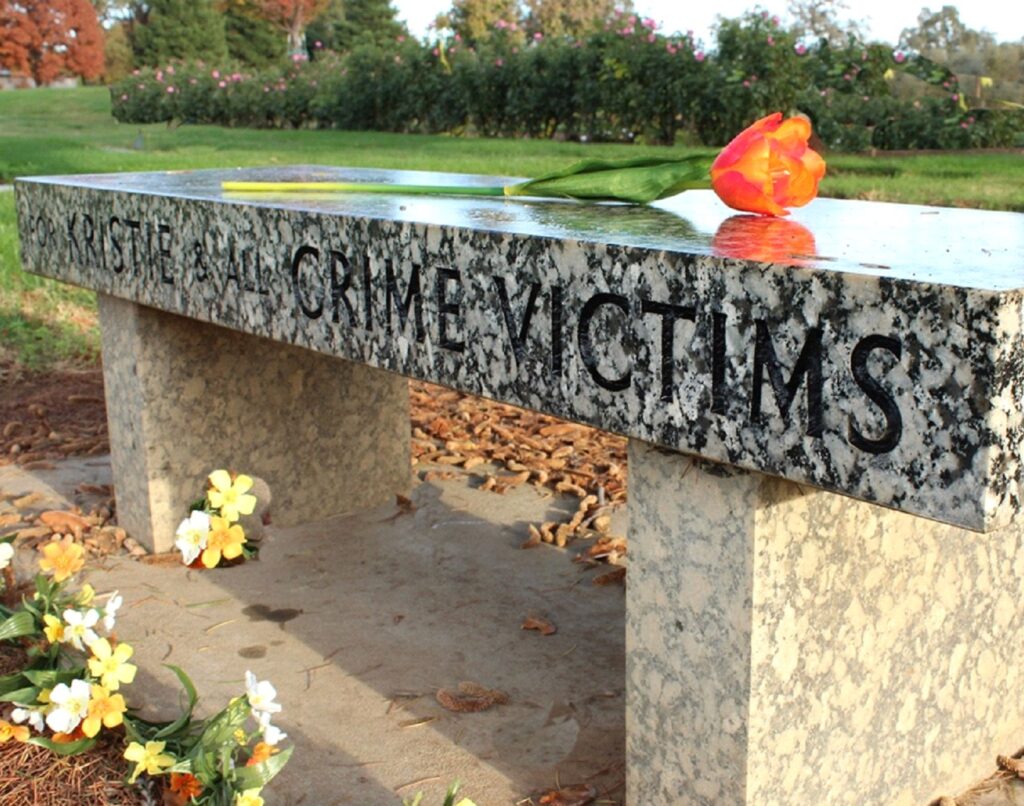Officers & Civilians
January 28, 2005
The year is 2002. The Priano family had welcomed in the New Year, celebrated Candy’s birthday, and enjoyed evenings with Steven and Kristie playing high school basketball. The Priano family was experiencing a wave of blessings and happiness. In a split second, their lives changed—permanently changed.
An innocent victim of a police chase in a residential neighborhood, Kristie was killed. If you set up Google Alerts with the key words “police chase kills innocent,” “police pursuit,” “innocent bystander killed,” you too will read many stories about other innocent people and officers being killed and permanently injured as a result of police chase crashes.
Each story, each deadly chase will make you realize that we still need to do much more work to prevent these tragedies.
The Victims
Did killing innocent Kristie really keep the public safe?
Did any of the other innocent victims need to die to keep the public safe?
Victims nationwide are listed at this link.
What the public needs to know is that police chases are not the only way to catch fleeing suspects. In fact, too often innocent people and officers are killed or permanently injured … and the fleeing suspects escape capture or are released with hours of capture!
The Fleeing Suspects
Without question, the people who flee are breaking the law. They flee at all cost, thinking only of themselves. Fleeing suspects do not care about our safety.
Something to Think About: Most pursuits are initiated for stolen cars taken without violence. They belong to a family member or friend. Do you think car thieves really care if the cars they are driving get wrecked?
Next, pursuits are initiated for minor traffic violations.
A Department of Justice study reveals that most fleeing suspects will slow down when the pursuit is terminated. Officers terminate a pursuit when they shut off their lights and sirens, turn around, and drive away in the opposite direction of the suspect.
Read and download the PursuitSAFETY Factsheet.
The Officer
The actions of the police should never create an enhanced level of danger to the surrounding public.
Officers care about our safety and when an innocent person is killed that must be a horrific burden for officers to carry.
We trust officers to have the clear head and act in a manner that puts public safety first. They are the ones who vow to Protect & Serve.
Officers often know the identity of fleeing suspects and can catch them later without putting innocent bystanders at risk.
Ret. Washington State Police Chief D.P. Van Blaricom writes: “Officers are strictly prohibited from firing into a crowd, but they are routinely given latitude to pursue a stolen car through urban streets against traffic control devices until a collision terminates the chase. This has happened over and over again throughout the United States and will continue to occur until chief policymakers assert effective administrative control over when and how police vehicular pursuits are to be conducted. Can there be any question that this is a critical public safety issue demanding attention?”

For people who think Kristie's Law is not needed!
Ask yourself one question:
“If a vehicular police pursuit crash killed the person you love the most—an innocent, law-abiding citizen—would you still think this legislation was not needed or would you be pursuing justice for your loved one?”
Kristie's Law will save lives
Candy Priano continues to wait for state legislators from coast to coast to pass preventative measures to change outdated and dangerous pursuit practices to prevent deaths and injuries to other innocent people and, consequently, save lives. One death is one too many!
Senator Sam Aanestad, R-Grass Valley, released the final language for Kristie’s Law early this morning, April 20, 2005. The document, which may be accessed here, Kristie’s Law, sets a standard statewide pursuit policy for all law enforcement agencies in California to follow.
There are two key provisions to Senator Aanestad’s legislation regarding police pursuits in California:
2833. (a) A peace officer may initiate a motor vehicle pursuit when he or she has a reasonable suspicion that a fleeing suspect has committed or has attempted to commit a violent felony, as described in subdivision (c) of Section 667.5 of the Penal Code.
(b) A peace officer shall not initiate a motor vehicle pursuit when he or she has a reasonable suspicion that a fleeing suspect has committed other felonies, not described in subdivision (c) of Section 667.5 of the Penal Code, misdemeanors, or traffic or civil infractions.
Senator Aanestad says meetings with local law enforcement and statewide law enforcement organizations carried great weight in the crafting of pursuit related legislation.
Here are the testimonies from both the 2004 and 2005 measures Senator Sam Aanestad presented as “Kristie’s Law.”
